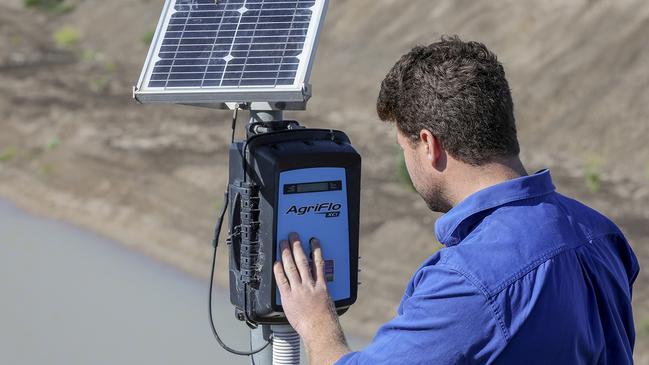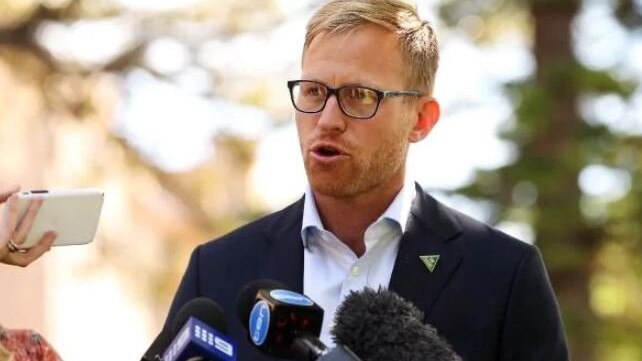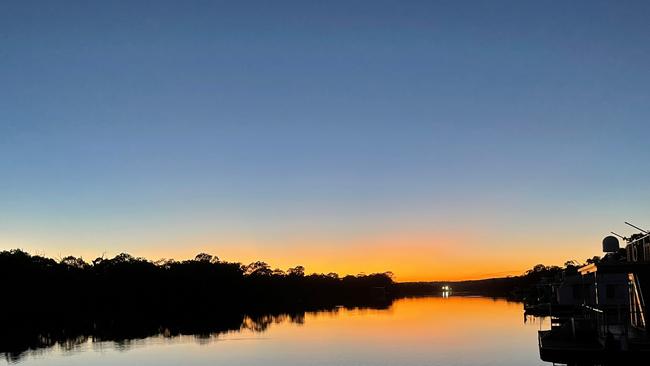Irrigation: 31 per cent of NSW’s biggest pumps not correctly metered
More than a quarter of NSW’s biggest irrigation pumps aren’t compliant with new rules, one year on from a government deadline.

More than a quarter of NSW’s biggest irrigation pumps don’t have compliant meters, one year on from a NSW government deadline, the NSW Natural Resource Access Regulator has found.
Water pumps larger than 500mm – used by the state’s biggest irrigators – were required to be fitted with accurate meters, be independently certified and connected to telemetry in December 2020 under new rules.
The Natural Resources Access Regulator announced this week 31 per cent of the pumps were still non-compliant.
NSW Irrigators Council chief executive Claire Miller said many irrigators had legitimate reasons why their pumps didn’t yet comply with the new rules.
She said 90 per cent of irrigators in the 500mm pump category had upgraded their meters to comply with the new standards, but because the pumps were located in mobile black spots, the telemetry connections on the pumps didn’t work.
“They’ve put the meter in, everything else has been done correctly, but the telemetry connect is holding them back from full compliance,” she said.
“That is something that is out of (irrigators’) control.”
Irrigators in mobile black spots can apply to the NSW government for an exemption to the new rules until a solution is found to their mobile black spot.
Ms Miller said irrigators had also faced supply chain and workforce shortages in installing and updating their equipment.
In all, 364 works fit the criteria for the 500mm pump size, so the number of non-compliant irrigators was small, Ms Miller said.
“That last 10 per cent, they may be bumping up against supply chain problems, they may be bumping up against DQP (duly qualified person) shortages, they may be still having some issues with the DQP portal,” she said.
But she said any irrigators who didn’t have an exemption to the rules and weren’t doing enough to become compliant, “should feel the full force of NRAR’s wrath”.
The number of large irrigation works in the state that are compliant with the new rules has increased by 14 per cent since September, when NRAR’s chief regulatory officer Grant Barnes warned the regulator would be cracking down on noncompliance.
“For those who continue to ignore the rules, our response will become progressively severe, up to prosecution if necessary,” Mr Barnes said at the time.
In a statement this week, he said he was “pleased with the increasing culture of compliance”.
“We’ve seen compliance rates among the 2020 group increase by more than 50 per cent in five months, that’s significant movement in the right direction,” he said.

But NSW Independent MP Justin Field disputed the positive assessment, saying more than 30 per cent of the state’s biggest irrigators still not compliant with the rules more than 12 months after the deadline was “just not good enough”.
“This is getting ridiculous,” Mr Field said.
“We’re talking about straws that are half a metre in diameter sticking into the rivers. They’ve been sucking substantial volumes of water out of the rivers in the last few years, which has meant huge economic gains for those irrigators from the crops without putting in the resources and the time to comply with the law,” he said.
“If mobile black spots are the problem, that needs to be spelt out clearly by NRAR and the government, and there needs to be a workaround to ensure that data gets to the regulator.”
He said workforce issues could no longer be an excuse for the industry, because “the industry has know this has been coming for so long,” he said.
“It is the industry that is doing the training for the workforce and accrediting the workforce. The industry can’t be both in control of the process and claim it is not good enough,” he said.
“If they can’t train enough people, then perhaps (training) should be run by NRAR and not by industry.”
“Access licences should be switched off until they are compliant, because it is just unacceptable to have billions of litres of water being pumped by the largest irrigators in the state with uncompliant maintenance,” Mr Field said.

ENFORCEMENT BEGINS FOR MEDIUM-SIZED IRRIGATORS
The NSW water regulator announced this week it will kick off a monitoring and compliance campaign for medium-sized irrigators in February.
All pumps 100mm and above and bores 200mm and above in the Macquarie, Gwydir, Namoi, Border Rivers and Barwon-Darling regions, as well as some at-risk groundwater sources and smaller pumps with existing metering conditions, were required to comply with new rules from December 2021.
“We worked closely with the department and WaterNSW to raise awareness within the 2021 group of the changing rules and hope to see that reflected in the rate of compliance we find on-farm,” Mr Barnes said.
There are more than 8000 pumps in the 2021 group, according to NRAR.
Ms Miller said some irrigators would find it difficult to comply with the new rules due to the same barriers the 2020 group faced.
“The shortage of (people qualified to install and certify equipment) is more of a problem now we’ve gone into the second tranche where you’ve got thousands of works that need to be looked at,” she said.
“And then, at the same time, the third tranche is kicking off this year as well,” she said.
“We are a firm but fair regulator and will consider each case on its own merit. Despite the challenges, we expect all water users to have entered a formal arrangement with a metre installer before their deadline, those who have will avoid penalties,” Mr Barnes said.





